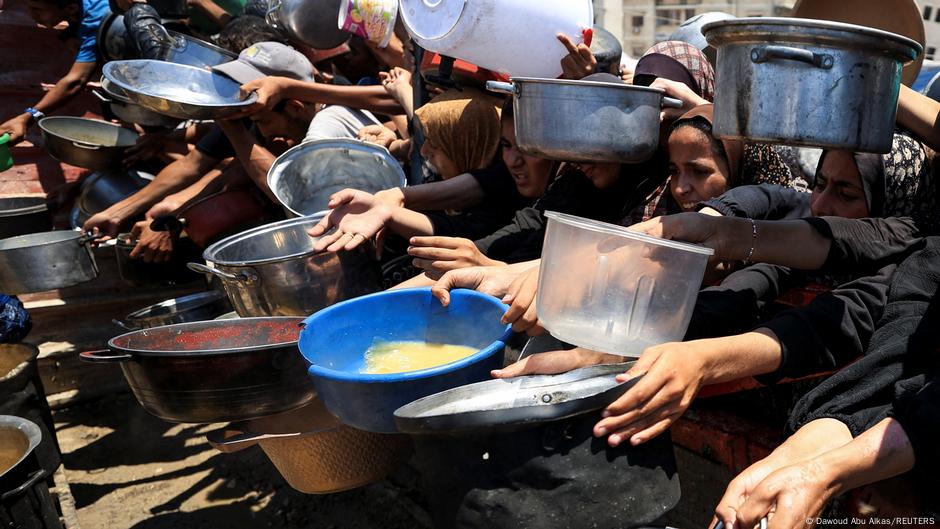
Global Food Insecurity: A Growing Challenge
More than 2.3 billion people worldwide face moderate or severe food insecurity, while 673.2 million are undernourished, according to a recent global report by UN agencies. The findings highlight the ongoing struggle with hunger and unequal access to food across different regions of the world.
Since 2022, there has been a gradual decline in food insecurity and hunger globally. However, an increasing number of people are now unable to afford healthy food, even if they consume enough calories. This shift reflects rising food prices that often outpace inflation for other goods, making nutritious meals less accessible.
The report includes several key insights into how this issue has evolved over time, emphasizing the disparities in food access and the role of poverty as a barrier to meeting basic needs.
Undernourishment: A Slow Recovery
The FAO defines undernourishment as lacking access to enough food to meet daily calorie requirements for an active and healthy life. Globally, the prevalence of undernourishment declined from 2000 to 2019 but increased sharply with the onset of the coronavirus pandemic. Since then, it has slowly decreased but remains above pre-pandemic levels.
This trend is attributed to the long-term economic impacts of the pandemic, rising food prices, conflicts, and extreme weather events. These factors have disproportionately affected vulnerable populations, making recovery a slow and uneven process.
Regional Disparities: Africa Faces Significant Challenges
While some regions have seen improvements in food security, Africa continues to face severe challenges. Before the pandemic, hunger was already on the rise in many parts of the continent. Today, Africa is nearing the same levels of undernourishment observed in 2002. One in five people in Africa is currently undernourished.
In contrast, Latin America and Asia have made significant progress in reducing hunger over the past 25 years. Europe and North America, on the other hand, have maintained undernourishment levels consistently below 2.5% over the same period.
Understanding Food Insecurity
Food insecurity goes beyond just not having enough food. It encompasses the quality, quantity, and variety of available food. More than 2.3 billion people experience moderate to severe food insecurity, which can mean going days without eating.
Asia has the largest number of people facing food insecurity, with 1.1 billion individuals affected. However, Africa has the highest prevalence, with 57.9% of its population experiencing food insecurity. Even in Europe and North America, where food insecurity is less common, 8.4% of the population faces moderate to severe food insecurity.
Gender Disparities in Food Insecurity
Women are disproportionately affected by food insecurity compared to men. This is largely due to gender norms and systemic inequalities that limit women's access to resources. For example, women often earn less, making it harder for them to afford food in a context of rising prices.
The gender gap in food insecurity varies by region. It is most pronounced in Latin America and the Caribbean, where the difference between men and women is about 6 percentage points. In other regions, the gap ranges from 1 to 2 percentage points.
Affordability of Healthy Food
Affordability is a major driver of food insecurity. According to the FAO, 31.9% of the world’s population cannot afford a healthy diet. This means they lack the economic means to purchase a diverse and balanced diet that provides all necessary nutrients.
This issue is particularly acute in certain African countries, such as South Sudan and Madagascar, where more than 90% of the population struggles to afford healthy food. In contrast, in countries like Germany, the percentage is around 2%.
These findings underscore the urgent need for global efforts to address food insecurity, reduce inequality, and ensure that all people have access to affordable and nutritious food.


Posting Komentar